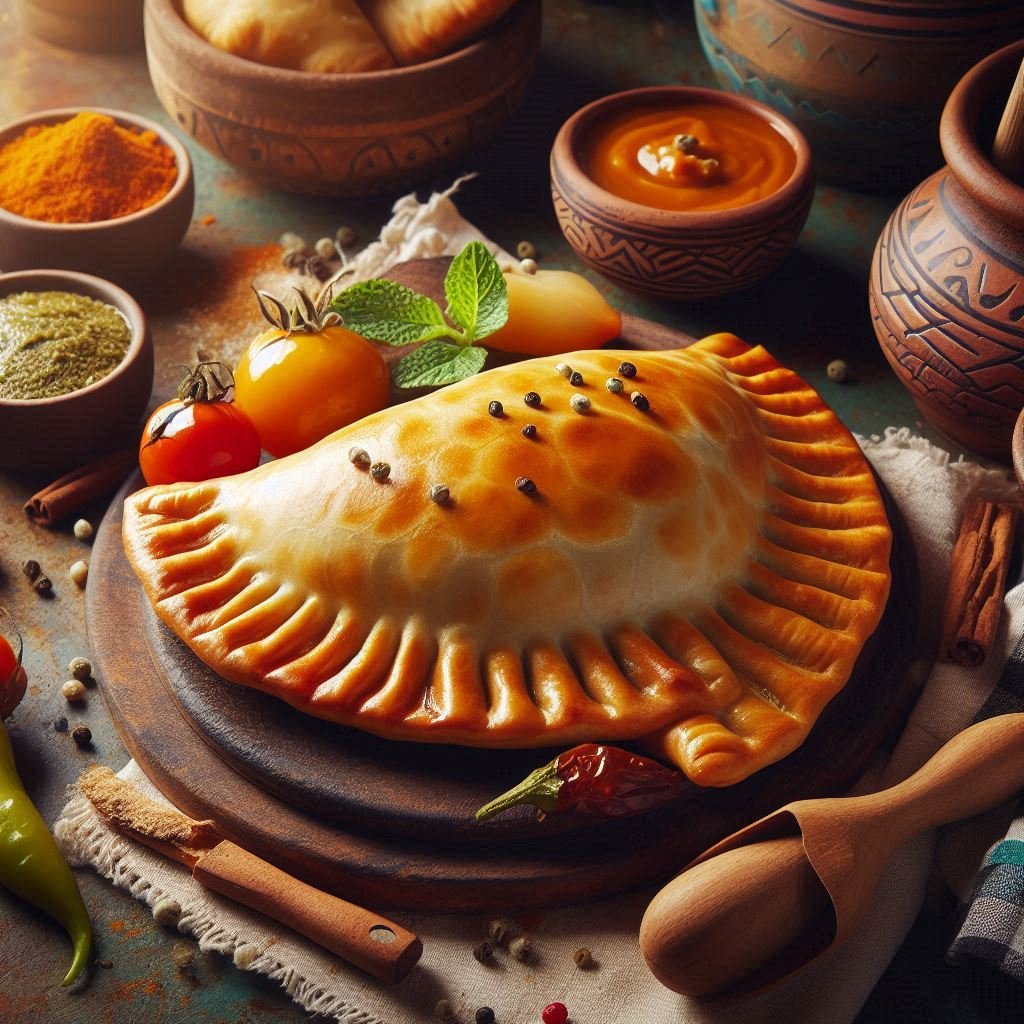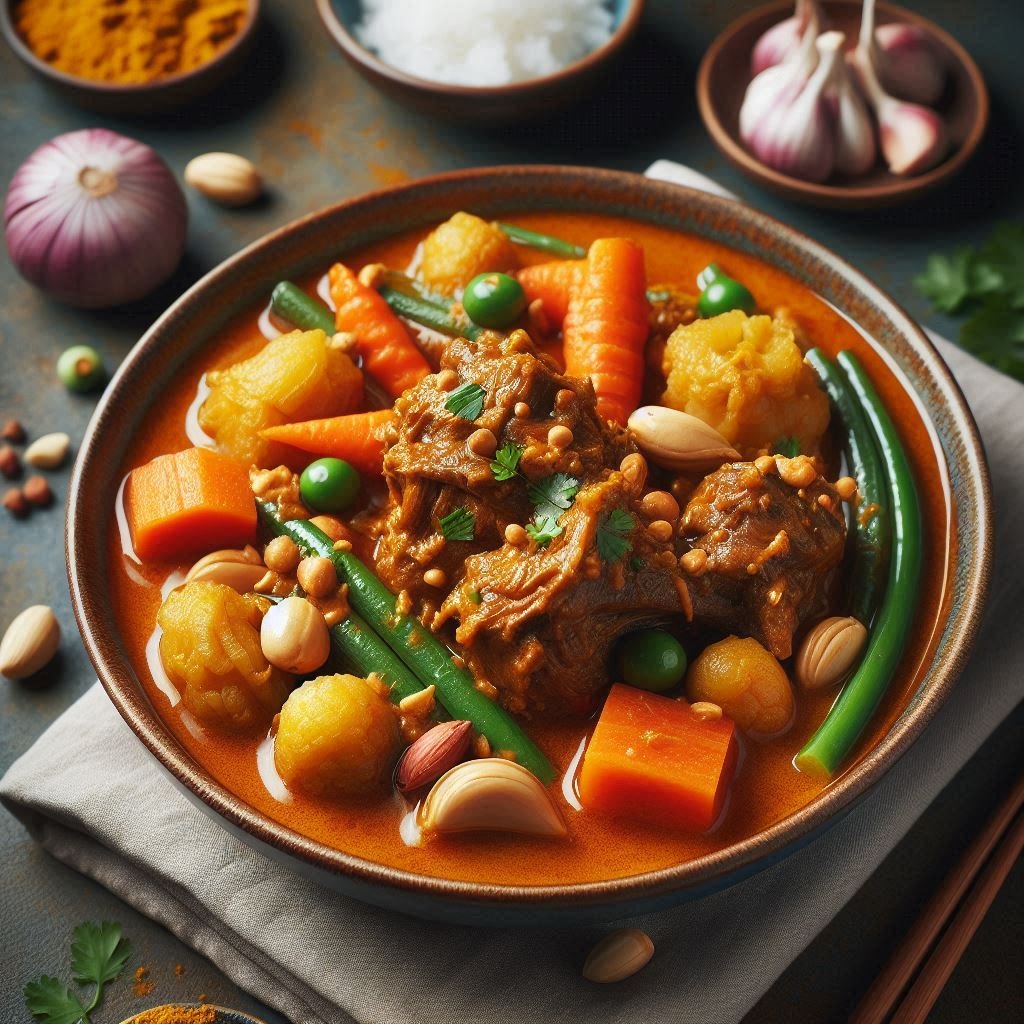The Philippines, an archipelagic nation in Southeast Asia, is renowned for its vibrant culture and deep-rooted traditions. Among these, the celebration of Christmas stands out as a particularly significant and joyous occasion. Often referred to as having the longest Christmas season in the world, the Philippines begins its festivities as early as September and continues well into January. This extensive celebration period is a testament to the importance of Christmas in Filipino culture, blending religious devotion, familial bonds, and unique cultural practices. The following blog post delves into the rich tapestry of Filipino Christmas traditions, exploring the historical context, religious significance, and distinctive customs that make the holiday season in the Philippines truly special.
Historical Context of Christmas in the Philippines
Spanish Colonial Influence
The celebration of Christmas in the Philippines has its roots in the country’s colonial history. The Spanish colonization, which began in the 16th century and lasted for more than three centuries, brought Christianity to the archipelago. With it came the tradition of celebrating Christmas, which was gradually embraced by the local population and infused with indigenous practices.
American Influence
Following the Spanish-American War in 1898, the Philippines came under American rule. This period introduced new elements to the Filipino Christmas celebration, including Santa Claus, Christmas trees, and the exchange of gifts. These additions complemented the existing Spanish-influenced traditions, creating a unique blend of Western and Filipino customs.
Post-Independence Evolution
After gaining independence in 1946, the Philippines continued to develop its own distinctive Christmas traditions. The holiday became a reflection of Filipino values, emphasizing family, community, and faith. Over the decades, new practices emerged while old ones were preserved, resulting in the rich and diverse celebration we see today.
The Filipino Christmas Season
The World’s Longest Christmas Celebration
The Philippines is famous for having what is often considered the world’s longest Christmas season. This extended period of celebration is known locally as the “Ber” months, referring to the months ending in “-ber”: September, October, November, and December. The official start of the season is marked by the beginning of September, when Christmas decorations start appearing and holiday music begins playing in public spaces.
Key Dates in the Filipino Christmas Calendar
To better understand the scope of the Filipino Christmas season, consider the following timeline:
| Date | Event |
|---|---|
| September 1 | Unofficial start of Christmas season |
| December 16 | Beginning of Simbang Gabi novena masses |
| December 24 | Noche Buena (Christmas Eve feast) |
| December 25 | Christmas Day |
| December 28 | Holy Innocents’ Day (Niños Inocentes) |
| December 31 | New Year’s Eve |
| January 1 | New Year’s Day |
| First Sunday of January | Feast of the Three Kings (official end of Christmas season) |
This extended celebration period allows Filipinos to fully immerse themselves in the Christmas spirit, fostering a sense of anticipation and joy that lasts for several months.
Religious Practices and Traditions
Simbang Gabi
One of the most significant religious traditions during the Filipino Christmas season is Simbang Gabi, also known as Misa de Gallo or “Rooster’s Mass.” This is a nine-day series of pre-dawn masses that begins on December 16 and culminates on Christmas Eve. The practice dates back to the Spanish colonial era when farmers would attend early morning masses before heading to the fields.
Key aspects of Simbang Gabi:
- Masses typically start between 3:00 AM and 5:00 AM
- Believed to grant special blessings to those who complete all nine masses
- Often followed by the consumption of traditional Filipino breakfast foods
- Churches are beautifully decorated with parols (star-shaped lanterns) and other Christmas ornaments
Panunulúyan
Panunulúyan is a dramatic reenactment of Mary and Joseph’s search for lodging in Bethlehem. This tradition, also known as Pananawágan in some regions, typically takes place on Christmas Eve. Community members participate by going from house to house, singing and acting out the story of the Holy Family’s journey.
Misa de Aguinaldo
The Misa de Aguinaldo, or “Gift Mass,” is the final mass of the Simbang Gabi series, held on Christmas Eve. This mass is particularly festive and well-attended, often featuring special choir performances and elaborate nativity scenes.
Traditional Christmas Decorations
Parol
The parol is perhaps the most iconic Filipino Christmas decoration. These star-shaped lanterns symbolize the Star of Bethlehem and are hung in windows, on street lamps, and in public spaces throughout the Christmas season.
Characteristics of traditional parols:
- Made from bamboo sticks and colorful papel de hapon (Japanese paper)
- Often illuminated with candles or electric lights
- Range in size from small household decorations to large public displays
- Increasingly elaborate designs incorporating various materials and technologies
Belén
The Belén is the Filipino nativity scene, depicting the birth of Jesus Christ. These displays can be found in homes, churches, and public spaces, and often feature intricate details and local adaptations.
Christmas Trees
While not a traditional Filipino decoration, Christmas trees have become increasingly popular in recent decades. Filipino Christmas trees often incorporate local elements, such as indigenous ornaments or tropical-themed decorations.
Filipino Christmas Food Traditions
Noche Buena
Noche Buena is the traditional Christmas Eve feast in the Philippines. Families gather after attending the midnight mass to share a lavish meal that often lasts well into the early hours of Christmas Day.
Common Noche Buena dishes:
| Dish | Description |
|---|---|
| Lechon | Whole roasted pig |
| Queso de Bola | Edam cheese |
| Jamón | Christmas ham |
| Pancit | Noodle dishes |
| Lumpia | Spring rolls |
| Bibingka | Rice cake |
| Puto Bumbong | Purple rice cake |
Puto Bumbong and Bibingka
These traditional rice cakes are closely associated with the Christmas season in the Philippines. Often sold outside churches during Simbang Gabi, these treats are an integral part of the Filipino Christmas experience.
Characteristics of Puto Bumbong and Bibingka:
- Puto Bumbong: Made from purple glutinous rice, steamed in bamboo tubes
- Bibingka: Rice cake baked in clay pots lined with banana leaves
- Both are typically served with grated coconut, butter, and muscovado sugar
Gift-Giving Traditions
Aguinaldo
Aguinaldo refers to the practice of giving money or gifts, particularly to children, during the Christmas season. This tradition has its roots in the Spanish colonial period and remains an important aspect of Filipino Christmas celebrations.
Monito Monita
Also known as Kris Kringle or Secret Santa, Monito Monita is a popular gift-exchange game played in schools, offices, and among groups of friends. Participants draw names and give gifts to their chosen recipient over a set period, often with themed gifts for each day.
Pamasko
Pamasko is the practice of giving Christmas bonuses or gifts to service providers, such as household helpers, delivery personnel, or building staff. This tradition reflects the Filipino value of gratitude and communal support.
Unique Filipino Christmas Practices
Caroling
Christmas caroling is a beloved tradition in the Philippines, with groups of children and adults alike going from house to house to sing Christmas songs. Unlike in some Western countries, Filipino carolers often expect a small monetary gift in return for their performances.
Characteristics of Filipino Christmas caroling:
- Often involves homemade instruments like tambourines made from bottle caps
- Traditional Filipino Christmas songs are sung alongside international favorites
- Can start as early as September and continue throughout the holiday season
Misa de Gallo Breakfast
After attending the early morning Simbang Gabi masses, Filipinos often enjoy a communal breakfast. This practice has become a social event in itself, with vendors setting up stalls outside churches to sell traditional breakfast foods.
Popular Misa de Gallo breakfast items:
- Bibingka and Puto Bumbong
- Tsokolate (hot chocolate)
- Salabat (ginger tea)
- Champorado (chocolate rice porridge)
- Goto (rice porridge with tripe)
New Year’s Eve Traditions
While technically outside the Christmas period, New Year’s Eve celebrations in the Philippines are closely tied to the holiday season and feature unique practices:
- Wearing polka dots for good luck
- Jumping at midnight to grow taller
- Keeping doors and windows open to let good fortune in
- Making noise with firecrackers or pots and pans to ward off evil spirits
Economic and Social Impact of Christmas in the Philippines
Boost to the Economy
The extended Christmas season in the Philippines has a significant impact on the country’s economy. Increased consumer spending, particularly on food, gifts, and decorations, provides a substantial boost to various sectors.
Economic indicators during the Christmas season:
| Sector | Average Increase in Sales |
|---|---|
| Retail | 20-30% |
| Food and Beverage | 15-25% |
| Transportation | 10-15% |
| Tourism | 20-30% |
Social Cohesion and Community Spirit
Christmas in the Philippines is a time of heightened social interaction and community bonding. Various activities and traditions bring people together, reinforcing social ties and cultural identity.
Examples of community-building activities:
- Barangay (neighborhood) Christmas parties
- Church-organized charity events
- Company Christmas celebrations
- School Christmas programs and performances
Challenges and Evolving Traditions
Commercialization
As in many parts of the world, there are concerns about the increasing commercialization of Christmas in the Philippines. Some argue that the focus on material gifts and elaborate celebrations can overshadow the religious and cultural significance of the holiday.
Environmental Concerns
The extensive use of decorations, particularly non-biodegradable materials, and the prevalence of fireworks during the holiday season have raised environmental concerns. In recent years, there have been efforts to promote more sustainable Christmas practices.
Adaptation in the Digital Age
Modern technology and social media have influenced how Filipinos celebrate Christmas. Virtual gatherings, online gift-giving, and digital Christmas cards have become more common, especially among younger generations and overseas Filipino workers.
Conclusion
Christmas in the Philippines is a vibrant, multifaceted celebration that reflects the country’s rich cultural heritage and strong sense of community. From the early morning Simbang Gabi masses to the festive Noche Buena feasts, Filipino Christmas traditions blend religious devotion, familial bonds, and unique cultural practices. The extended celebration period, lasting from September to January, allows for a prolonged season of joy, reflection, and togetherness.
While the core elements of Filipino Christmas remain strong, the celebration continues to evolve, adapting to modern challenges and changing societal norms. Despite these changes, the spirit of Christmas in the Philippines remains as vibrant as ever, characterized by warmth, generosity, and a deep sense of cultural pride.
As the world’s longest Christmas celebration, the Filipino Christmas season offers a unique window into the country’s values, history, and cultural identity. It stands as a testament to the resilience and adaptability of Filipino traditions, continuing to bring joy and unite communities year after year.
Disclaimer: This blog post aims to provide accurate information about Christmas traditions in the Philippines based on available sources and general knowledge. Cultural practices may vary across different regions of the Philippines and can change over time. If you notice any inaccuracies or have additional information to contribute, please report them so we can promptly update and improve the content. Your feedback helps ensure the accuracy and comprehensiveness of this information.




